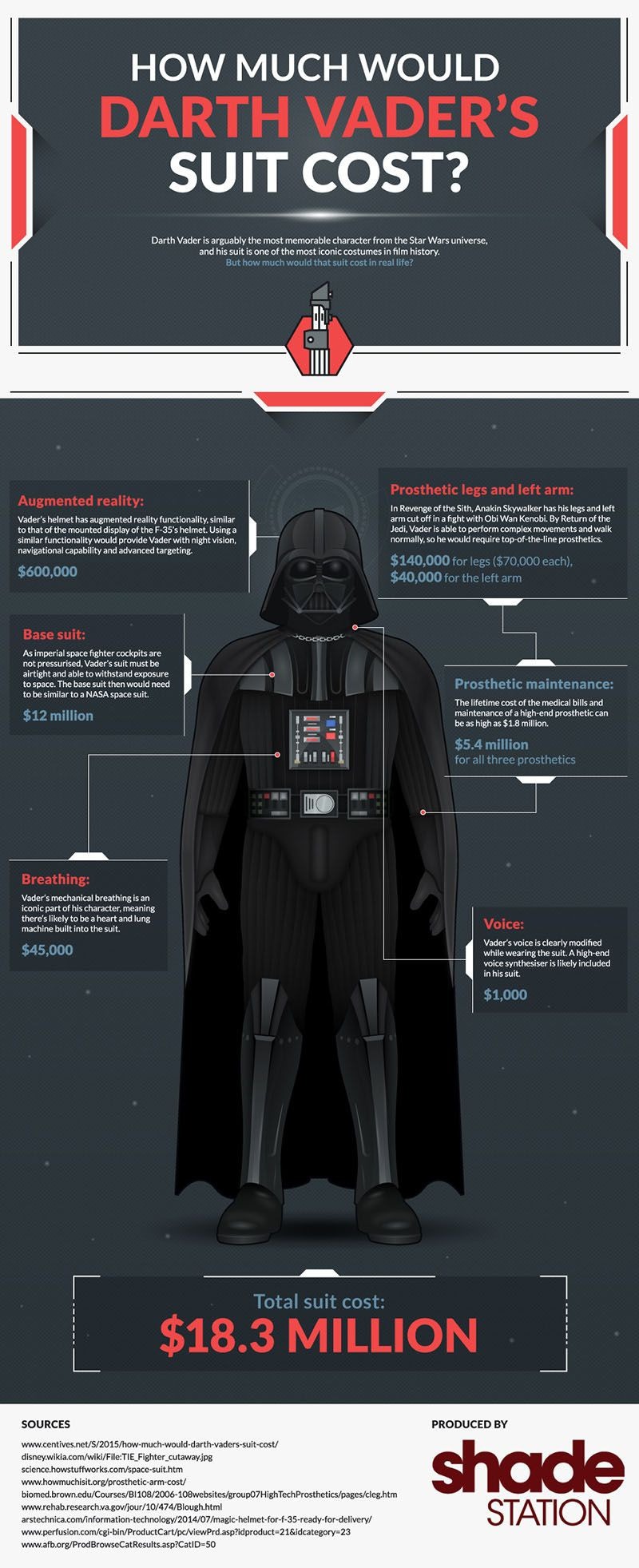Talking about end-of-life care may be difficult, but the stakes make the conversations worth the effort. Sam Edwards/Getty Images/Caiaimage hide caption
toggle caption Sam Edwards/Getty Images/Caiaimage
Doctors know it’s important to talk with their patients about end-of-life care.
But they’re finding it tough to start those conversations. When they do, they’re not sure what to say, according to a national poll released Thursday.
Such discussions are becoming more important as baby boomers reach their golden years. By 2030, an estimated 72 million Americans will be 65 or over, nearly one-fifth of the U.S. population.
Medicare now reimburses doctors $86 to discuss end-of-life care in an office visit that covers topics such as hospice, living wills and do-not-resuscitate orders. Known as “advance care planning,” the conversations can also be held in a hospital.
Payment for such discussions was initially included in the Affordable Care Act, but removed because of the controversy over so-called death panels. Medicare ultimately changed its policy, independently of Obamacare, to allow reimbursement for the end-of-life planning sessions.
The poll of 736 primary care doctors and specialists, including 202 in California, examined their views on advance care planning and end-of-life conversations with patients. Among the findings:
- While 75 percent of doctors said Medicare reimbursement makes it more likely they’d have advance care planning discussions, only about 14 percent said they had actually billed Medicare for those visits.
- Three quarters also believe it’s their responsibility to initiate end-of-life conversations.
- Fewer than one-third reported any formal training on end-of-life discussions with patients and their families.
- More than half said they had not discussed end-of-life care with their own physicians.
The survey was commissioned by The John A. Hartford Foundation, the California Health Care Foundation and Cambia Health Foundation. (California Healthline is an editorially independent publication of the California Health Care Foundation.)
The general survey has a margin of sampling error of plus or minus 3.6 percentage points. For the internist/primary care provider sample, margin is plus or minus 4.5 percentage points. For specialists, plus or minus 6.0 points.
Patients and their families increasingly want to talk about end-of-life care with their physicians well before facing a terminal illness, studies have shown. Most also want to die at home rather than in a hospital, although cultural differences influence end-of-life preferences.
Policy analysts are urging more end-of-life conversations not just to accommodate patients’ desires, but to save money on aggressive medical interventions that patients and their families don’t want and that won’t prolong life.
A recent study found nearly 40 percent of American patients dying with cancer received at least one chemotherapy treatment in the six months before they died, more than in six other countries studied. An average of about $18,500 was spent on U.S. hospital costs for patients in their last six months.
Nearly a quarter of the physicians in the national poll said that the electronic health records they’re required to use don’t have a place to include patients’ end-of-life preferences. Even when electronic health records signaled that a patient had an advance care directive, nearly a third of doctors reported they couldn’t access its actual contents.
And doctors who received their medical training years ago say they rarely focused on how to talk to patients about end-of-life care, although medical education is improving in that regard.
Physicians in large medical systems may find more support than those in private practice. At Kaiser Permanente in Northern California, physicians receive training in end-of-life discussions and have time to carry them out, said Dr. Ruma Kumar, the HMO’s regional medical director of supportive care services.
Kaiser Permanente looks to nurse practitioners, registered nurses and social workers to work with patients on various stages of what the HMO calls “life care planning.” The HMO also offers a website to guide people through the process.
Kumar said Kaiser encourages both doctors and patients to think of end-of-life planning “as a routine part of care, just like you’d get a mammogram or colon cancer screening.”
This story was produced by Kaiser Health News, which publishes California Healthline, a service of the California Health Care Foundation. Follow Barbara Feder Ostrov on Twitter: @barbfederostrov.
Let’s block ads! (Why?)





